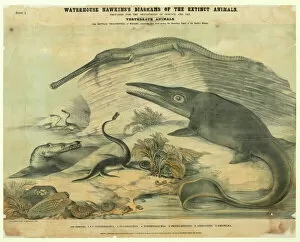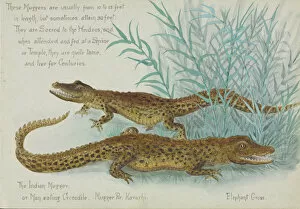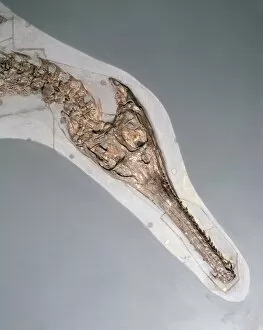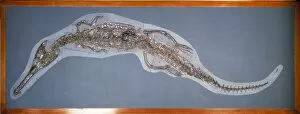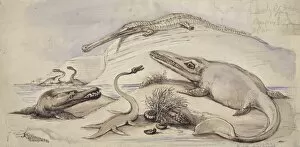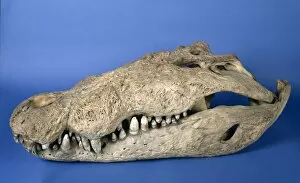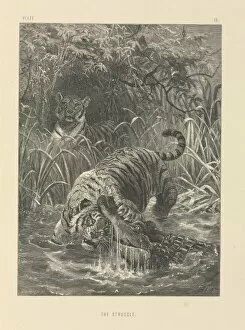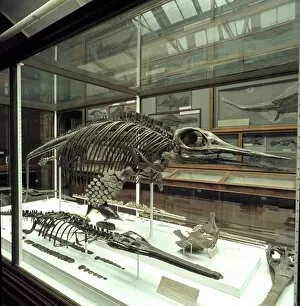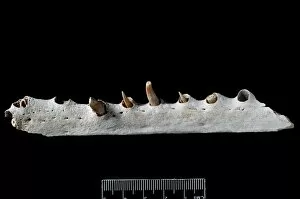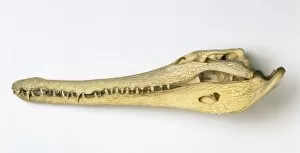Crocodylomorpha Collection
"Crocodylomorpha: Exploring the Ancient Marine Reptiles" Dive into the depths of prehistoric oceans and discover the fascinating world of Crocodylomorpha
For sale as Licensed Images
Choose your image, Select your licence and Download the media
"Crocodylomorpha: Exploring the Ancient Marine Reptiles" Dive into the depths of prehistoric oceans and discover the fascinating world of Crocodylomorpha, a group of extinct marine reptiles. These incredible creatures roamed the seas millions of years ago, leaving behind a rich fossil record that continues to captivate scientists and enthusiasts alike. Among them was Crocodylus palnotis, known as "Muggers" due to their resemblance to modern-day crocodiles. With their powerful jaws and sharp teeth, these ancient predators ruled the waters with an iron grip. Joining them were other remarkable species like Plesiosaurus, Telesaurus, Ichthyosaurus, Pentacrinites, and Ammo. Their diverse forms ranged from long-necked plesiosaurs to sleek ichthyosaurs that resembled dolphins. Fossil remains provide us with glimpses into their unique adaptations for life in water. One notable member was Melanosuchus niger or the black caiman crocodile - an impressive creature that prowled both land and water during its time. Equally intriguing is the Spectacled caiman C016/5706 whose distinctive markings earned it its name. The collection also features fossils such as Saltwater crocodile skull C016/5674 and Steneosaurus crocodilian fossil skull C016/5483 which showcase intricate details preserved over millennia. Geosaurus gracilis (C016/5053) further adds to our understanding of this ancient lineage's diversity. Steneosaurus bollensis makes multiple appearances in this captivating journey through time; its presence emphasizes just how widespread these reptiles once were across different regions. While exploring Crocodylomorpha's history wouldn't be complete without mentioning Alligator mississippiensis - better known as American alligator - a living descendant carrying on some traits from its ancestors.

